World Fine Art Professionals and their Key-Pieces, 372 - Mariska Mallee
World Fine Art Professionals and their Key-Pieces, 372 – Mariska Mallee
I saw work by Mariska Mallee at the Hague Art Circle (Haagse Kunstkring) and at Galerie Arti-Shock in Rijswijk. At Arti-Shock she exhibited her work together with that of the ceramist Ellen Rijsdorp.
A few days later I visited Mariska in her studio in the center of Rijswijk. There are more studios of fellow artists in her street. Several of Mariska’s works hang in front of and behind me.
The beauty of the earth
She mainly wants to tell a story, she says. “A positive future image of the earth. The earth and the people form a unity. The earth functions in a circular manner. I want to show the beauty of the earth, how beautifully everything fits together.”
Mariska is concerned about the Earth as it is today. “I see a lot of doomsday scenarios. The climate has deteriorated since the 1970s. There is the war, there are economic disasters. I would like to shake everyone awake. The earth will continue to exist, but will humanity remain? There is enough knowledge to keep the earth liveable and beautiful for people. I have a lot of faith in science and hope that this sustainable and circular society will come about.”
Maps of the future
She wants to show her dream in her paintings: a loving future of a sustainable society and life on earth. While drawing and painting she fantasizes about the future based on nature and science. Sometimes she is disappointed in humanity, but sometimes she is also positive. “Science is also a kind of art. When I have read about it, I will make a work about it.”
Inspired by the art of the Aborigines, she makes maps of the future. “I work in many layers with structures and shifting perspectives. I use this to create vistas, with spatiality and movement. I am constantly experimenting with colour, structure and how the light reflects this, how the whole seems to move and an ‘impossible space’ is created, which defies gravity.”
Arise
We look at the big blue work in front of us. ‘Arise’ is the title. It is a key work, a work that incorporates the Fibonacci sequence. You see fish in an ocean. The spiral of the Golden Ratio can be seen on the right. “Eventually you see a human figure. I used the Aboriginal technique. The energy of dots and dashes. I wanted to make a route of the future. Layer upon layer, with depth effect. You get sucked into the work.”
Behind me hangs the work ‘Green Tree City’, a city in trees. It is made on elephant dung paper. Mariska uses this because of its durability. A little further there are mono prints and linocuts. Here we see the forest, but also cities, combined with forms of microbiology and the forms of Ellen Rijsdorp. I also see a work on ‘jeans paper’.
The work is created while working on it. “I think in color, light, light and structures. I experiment with matte versus shiny, metallic paint and iridescent paint. Then you get a sense of movement. Then the work, although it is flat, still becomes 3D, spatial.”
The Drawing Academy
Mariska wanted to go to the drawing academy from her 6th year. “A drawing teacher saw my work. Mariska, you have talent, you have to go to the Drawing Academy!” One of her first memories is that she is drawing on the wallpaper. From the moment she could hold a pencil, she was drawing. “I didn’t know any artists, well, I copied works by Rembrandt from books. Although I was good at science subjects such as mathematics, physics and chemistry, I chose the academy. I’m still very interested in the universe and quantum mechanics and everything in between. Science is my source of inspiration.”
Key moment
In addition to a key work, Mariska also has a key moment. That was in 2011, when she left her gallery Kunstraam https://www.kunstraam.info/ in Voorburg. “I graduated from the Royal Academy of Art in The Hague in 1982. The first years after the Academy it was a struggle, at the Academy you had not learned how to approach the artist’s life. Since 1985 I started teaching painting in my studio. That changed in 2003 with the gallery, in which I collaborated a lot with other artists. I was constantly researching things: religion, humanity, nature. I shared the window of the gallery with other artists. Then you interacted. We also organized workshops and told about our work. Sometimes there was music or dancing.”
Another content
When she left KunstRaam, she ended up at the ‘Lighting’ (Verlichting), a multi-company building on Spoorlaan. It was the old Eneco building and storage place for traffic signs and street lighting of the municipality of The Hague. “I went to the old drawing rooms. I was already working on the environment, but that was reinforced there. People were concerned with recycling, sustainability and ‘hacking for a better world’. A kind of activism arose in me, the work took on a different content. I started inventing new cities, at sea, in the desert. A whole new city that is sustainable, circular. A bit à la Constant Nieuwenhuis with his New Babylon. I was a big fan of him from an early age. Terrace construction up to very high and bowls in which you could collect rain and covered with solar panels. I had an exhibition in Zoetermeer at Galerie Terra, where I came into contact with architects and city planners. We started discussing. Shouldn’t we flatten Palastein and develop a beautiful city? I started with the Mandela station, couldn’t that become a greenhouse? It was a matter of looking further and thinking bigger. Shouldn’t we get rid of property? Share space and collaborate. Even I thought about abolishing money. Doing this keeps me happy and hopeful. All those weird world leaders, what will the future look like? I made a painting about it.”
Since that key moment, all her work has been called ‘What’s Next’. The individual works also have their own title.
A new city in the trees
“The work shows my dream. With shifting perspectives, stacked transparent layers, iridescent moving and shifting colors. In this mixed technique I try to work as sustainably as possible by, among other things, reusing old canvases and collages of old work.”
Mariska finally: “When I walk with my dog through the Rijswijk forest on my way to my studio, I enjoy the rhythm of the straight trees. From the light between the leaves and winter in the branches, the dancing lights on the tree trunks, the damp and cool, the smell of the earth and the greenery. How wonderful it must be to have a tree house and watch the sun rise or set. You could build a new city in, around and with the trees. Nature is leading.”
Images
1) Arise, 2) tree city elephant dung paper, 3) rain catchers, 4) floating city, 5) Universe, 6) Zoetermeer, 7) Barcelona, 8) Colorfield, 9) Living in forest, 10) Mariska Mallee
https://mariskamallee.nl/https://arti-shock-rijswijk.nl/kunstenaar-mariska-mallee-63https://haagsekunstkring.nl/index.php/cb-profile/1965-mariska-mallee https://ifthenisnow.eu/nl/verhalen/de-wereld-van-de-haagse-kunstenaar-117-mariska-mallee
Disclaimer: The views, opinions and positions expressed within this guest article are those of the author Walter van Teeffelen alone and do not represent those of the Marbella Marbella website. The accuracy, completeness and validity of any statements made within this article are not guaranteed. We accept no liability for any errors, omissions or representations. The copyright of this content belongs to Walter van Teeffelen and any liability with regards to infringement of intellectual property rights remains with the author.

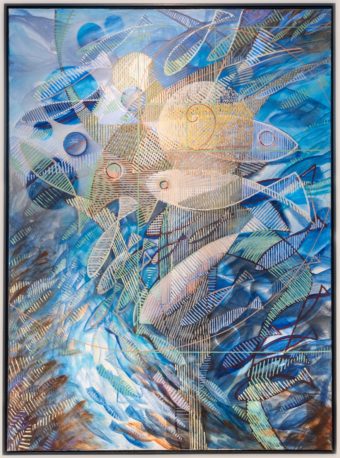
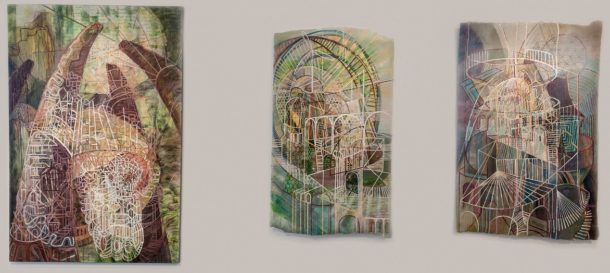
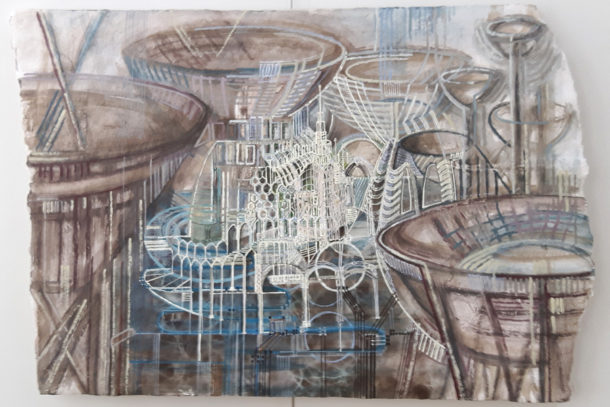
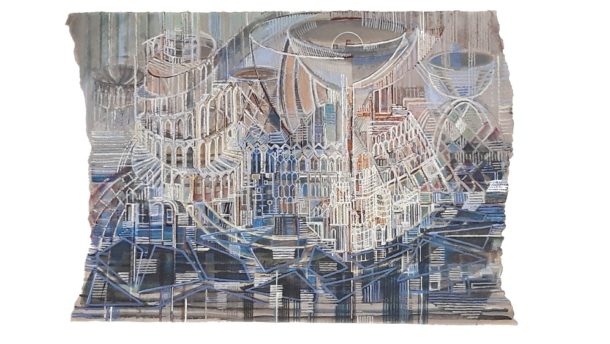

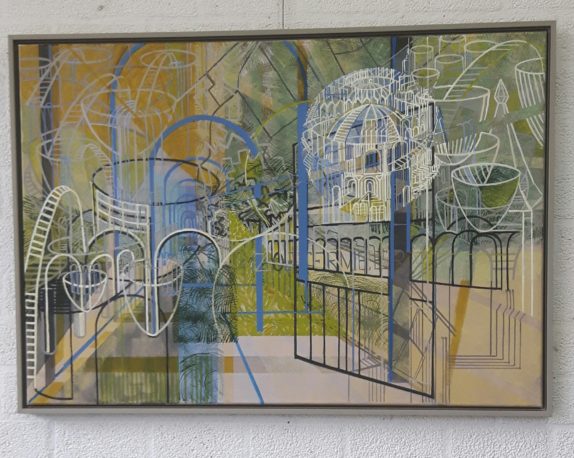

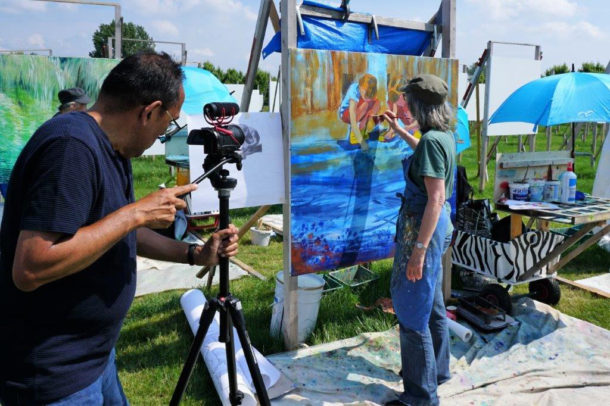
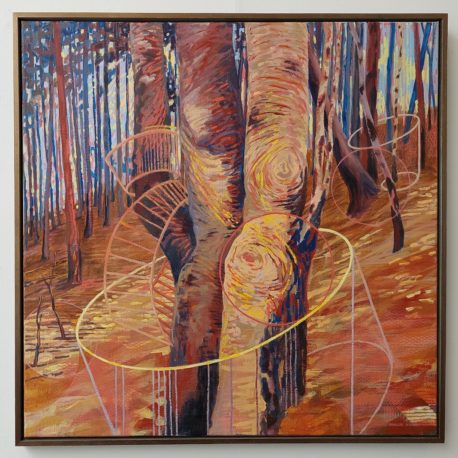
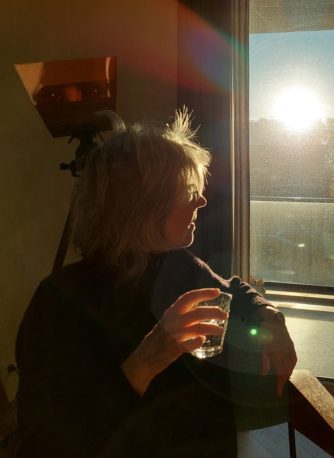














The opinions expressed by individual commentators and contributors do not necessarily constitute this website's position on the particular topic.